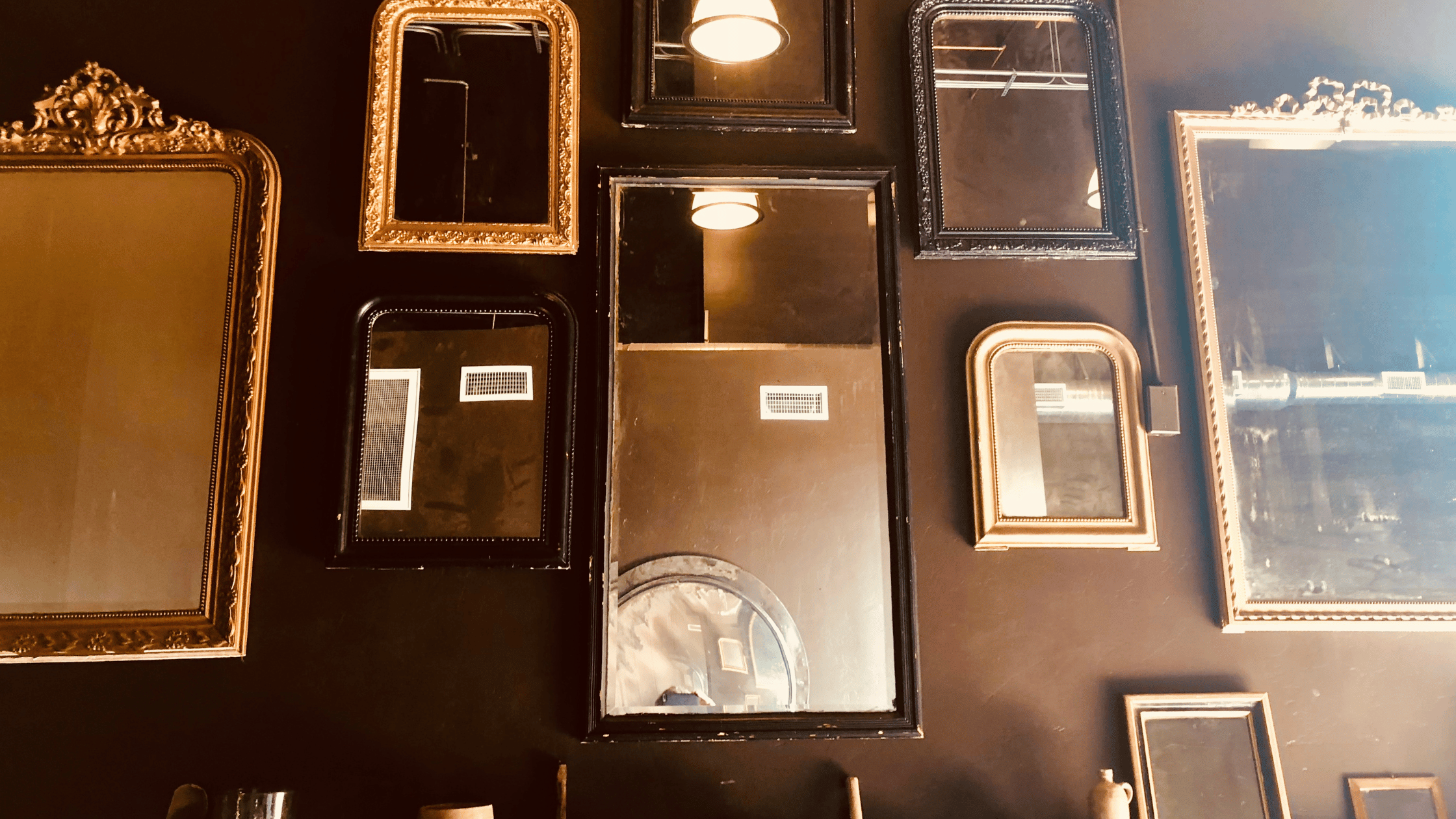Beginner’s Guide to Antiquing as a Hobby: Discover Treasures
Are you curious about how to turn antiquing into a rewarding hobby? Whether you’re captivated by beautiful old furniture or searching for unique items that tell a story, antiquing can be an enriching pastime.
The key to starting your journey in antiquing is to learn how to spot genuine antiques and understand their value.

As a beginner, you’ll want to embrace patience and trust your instincts when shopping for antiques.
If something seems too good to be true, it probably is.
Learning to haggle is a valuable skill, as it can help in negotiating prices that satisfy both you and the seller.
For more tips, visit Pottery-English’s guide on antiquing.
Antiques aren’t just about furniture. You might find vintage jewelry, paintings, or ceramics that catch your eye.
Be sure to inspect every piece for authenticity marks or hallmarks that validate its history.
Discover the thrill of finding that perfect piece and enjoy the adventure that antiquing brings.
Understanding Antiques
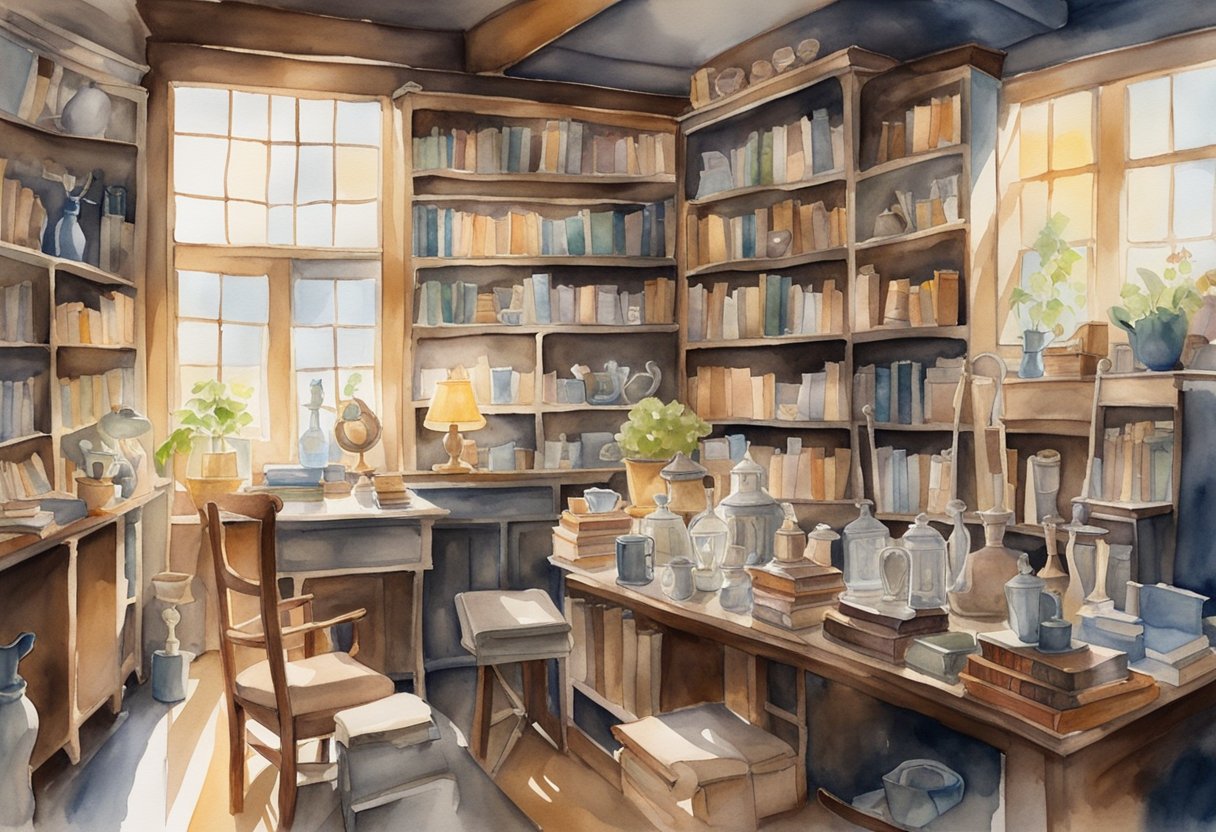
Antiques are items at least 100 years old, with history and unique features like patina and provenance. Knowing the difference between antiques, collectibles, and vintage items can help you appreciate each piece more.
The Definition and Importance of Patina
Patina is the surface appearance that develops on an item over time. It adds character and can range from a rich luster on metals to the weathered look on wood.
This natural aging process is valuable because it tells part of the item’s history and can add to its worth.
Restoring items without ruining the patina is crucial.
Enhancing or protecting the patina rather than removing it can maintain the item’s beauty and authenticity.
Collectors often pay closer attention to items with well-preserved or appealing patina because it is a mark of age that can’t be artificially replicated.
Provenance: The Story Behind Antiques
Provenance refers to the history of ownership of an item. It offers insights into where the item came from, who owned it, and any relevant historical events associated with it.
Proper documentation or records can significantly increase the value of an antique.
Things like purchase receipts, photographs, and stories passed down can serve as vital records.
Provenance helps verify authenticity and connects you more deeply to the object.
It can turn a simple piece into a conversation starter, adding depth and interest that sets it apart from other items.
Having a well-documented provenance allows you to share the rich story behind your antique, making it more than just a decorative piece.
Differentiating Between Antiques, Collectibles, and Vintage Items
Antiques must be at least 100 years old. Vintage items are younger, often classified as at least 20 years old but less than 100. Collectibles are items valued for being sought-after, regardless of age.
Each has different appeal and market value.
For newcomers to antiquing, understanding these distinctions can guide your buying and collecting.
While all these categories offer charm and historical value, antiques are generally rarer and more prestigious due to their age.
Knowing what you are collecting can help you make informed decisions and set realistic expectations about the value and significance of your finds.
Getting Started with Antiquing

Embarking on an antiquing journey can be both exciting and rewarding. It’s crucial to start with a clear plan, set achievable goals, and learn the basics of evaluating antiques effectively.
How to Begin Your Antiquing Journey
Starting your antiquing adventure requires a bit of research and preparation.
Visit local antique shops or flea markets to get a feel for what interests you.
Observation is key—notice different types of antiques and what draws your attention.
Talking to experienced collectors can also provide valuable insights into the process.
Creating a wish list can help you focus on specific items, like vintage furniture or collectible glassware.
This list should be based on your personal tastes and space requirements.
Networking with other antique enthusiasts can also introduce you to undiscovered gems.
Setting Realistic Goals and a Budget
Setting realistic goals is essential, especially when you’re just starting.
Decide on a few key pieces you want to acquire in the first few months. This approach keeps things manageable and prevents you from feeling overwhelmed.
Begin with simpler items that are easier to find and within your knowledge level.
Having a budget is equally important.
Determine how much you’re willing to spend monthly and stick to it.
It will help in avoiding impulse purchases and ensure that antiquing remains a fun hobby rather than a financial burden.
Consider setting aside a small emergency fund for must-have items that unexpectedly come your way.
Learning the Basics of Antique Evaluation
Understanding how to evaluate antiques can safeguard you from making costly mistakes.
Familiarize yourself with the characteristics that define genuine antique items, such as age, craftsmanship, and materials used.
Real antiques often have marks or signatures, indicating their origin or maker.
Learning basic terms like patina, which refers to the surface discoloration due to age, can be helpful.
Books, online resources, and workshops provide foundational knowledge.
Engaging with professionals or joining local antique clubs may also enhance your learning experience.
Where to Find Antiques
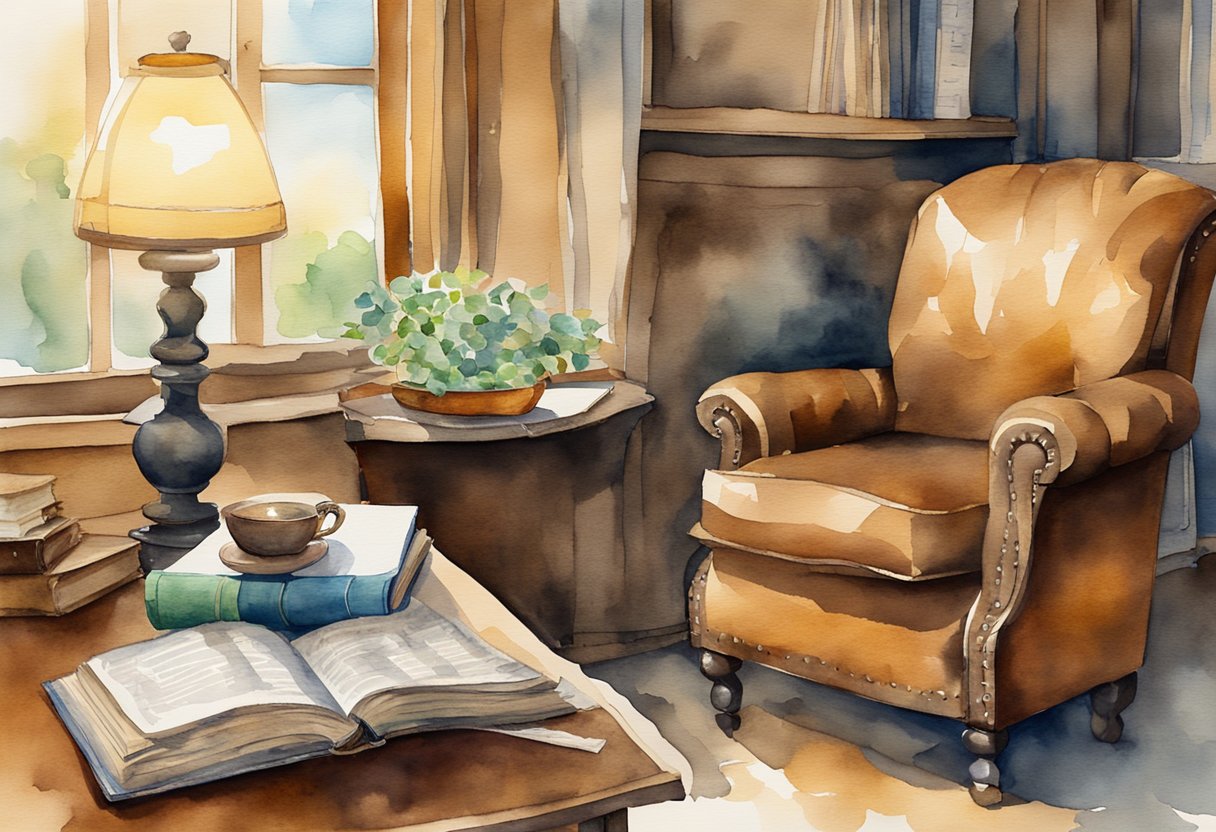
Finding antiques requires knowing where to look, from charming local stores and exciting auctions to vast online platforms. Each offers its own unique experience and opportunities to discover treasures. Understanding these options can help you succeed in building your collection.
Exploring Local Antique Stores
Local antique stores are excellent spots to find unique and often one-of-a-kind items.
These shops often have well-curated collections, where you can directly see and touch the pieces.
Speaking with antique dealers can provide valuable insights into the history and value of the items.
Dealers are usually knowledgeable and eager to share stories about the antiques they sell.
Visiting various stores can give you a sense of what you like and help you find pieces that complement your collection.
Don’t forget to ask whether the store owner can contact you when certain sought-after items come in.
Supporting local dealers enriches your experience and helps the community thrive, making collecting antiques a rewarding hobby.
The Thrill of Auctions
Auctions are thrilling environments to score fantastic antique finds. They bring together collectors and dealers, providing a dynamic atmosphere with chances for unique buys.
You might discover pieces you wouldn’t find elsewhere, making auctions a must-visit for serious hobbyists.
Before attending, research upcoming auctions in your area to find ones of interest.
Some offer preview sessions, letting you examine items before committing to a bid.
Being prepared with a spending limit helps keep the excitement from overwhelming your budget.
The competitive nature can drive prices upwards, but it also adds to the excitement and potential for special finds.
Auctions can thus add a dimension of adventure to antiquing.
Online Marketplaces: Navigating eBay and More
The internet opens vast possibilities for antique hunting, with platforms like eBay providing access to a global market.
Here, you can find almost anything from furniture to collectibles, allowing extensive browsing from the comfort of your home.
When buying online, pay close attention to photos and descriptions to ensure authenticity and condition.
Reviews from previous buyers can offer insights into sellers’ reliability.
Besides eBay, websites like Etsy also host sellers who offer vintage and antique items.
Online marketplaces widen your search, offering endless variety but require careful navigation to avoid pitfalls such as inaccurate listings or shipping fees.
Assessing and Valuing Antiques
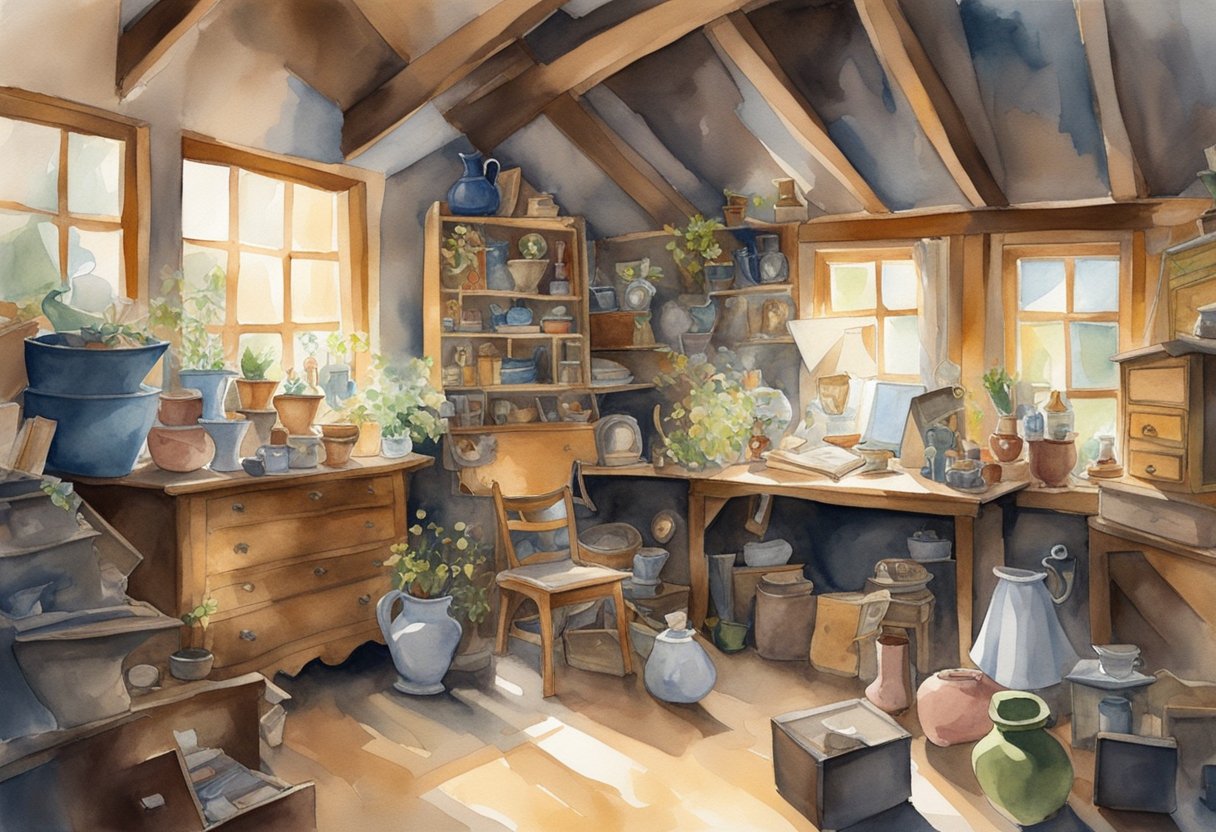
Assessing and valuing antiques is a crucial step for any collector. Understanding the condition of an item and mastering negotiation techniques are essential skills. These aspects can help you ensure that you make informed decisions regarding the purchase and restoration of antiques.
Condition: Identifying Repairs and Restoration Needs
When examining the condition of an antique, pay close attention to any signs of damage or wear.
Look for cracks, chips, or fading, as these imperfections can affect the overall value.
Consider if any repairs have been done and how well they were executed.
Poor restoration can diminish an item’s worth, so it’s essential to spot alterations that may require further antique restoration.
Check for signs of repair, such as mismatched paint or patchwork.
Knowing what needs to be restored or preserved can help in making a wise investment.
Sometimes, doing small repairs can enhance an antique’s value, but they must be done professionally.
Consider consulting an expert to evaluate whether restoration will increase an item’s market appeal.
The Art of Negotiating with Antique Dealers
Understanding how to negotiate with antique dealers can help you secure a fair price.
Start by doing thorough research on the item you are interested in.
Knowing its market value will give you confidence during negotiations.
Practice your negotiation skills by discussing prices openly and being willing to walk away if the terms don’t meet your expectations.
Being knowledgeable about negotiating techniques can save you money and help create long-term relationships with dealers.
Show respect and interest in the items, as this can lead to better deals.
Remember, building trust with dealers can be a valuable asset, turning your antiquing hobby into a rewarding investment.
Caring for Your Antiques
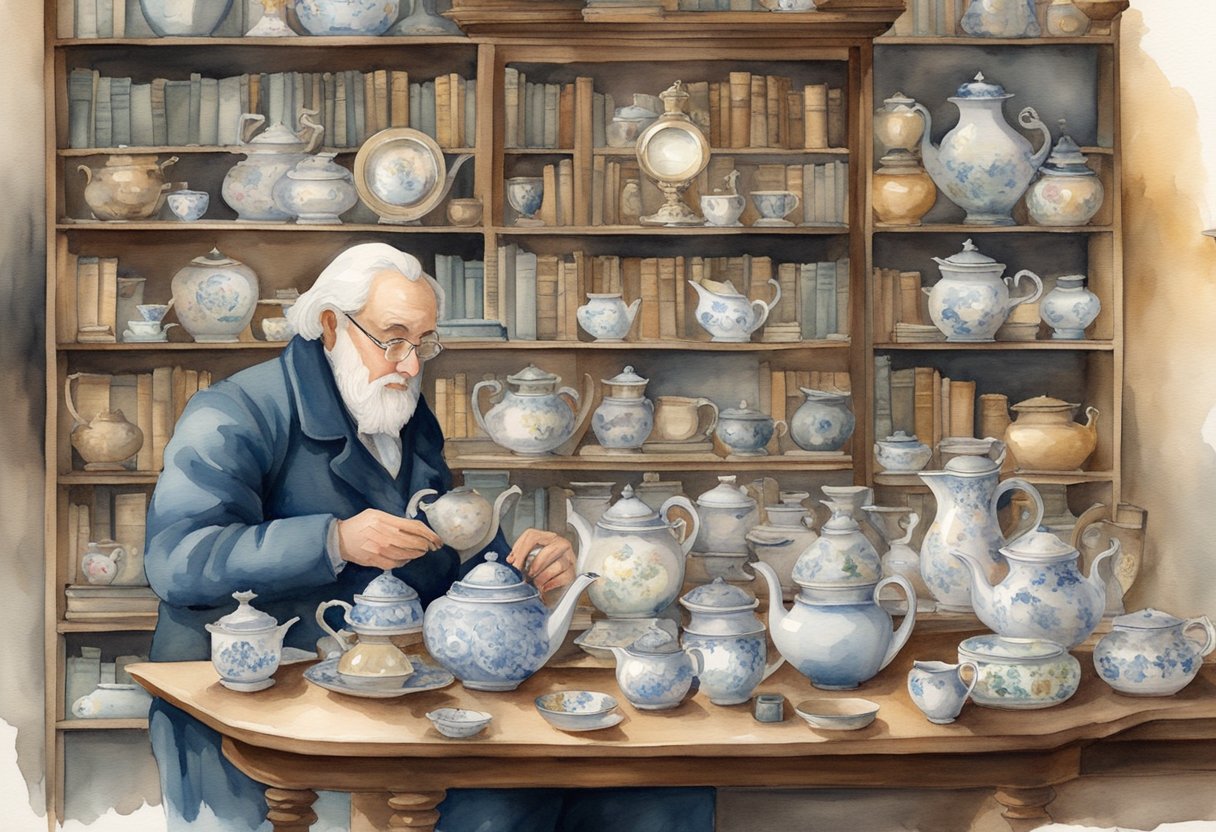
Taking good care of your antiques involves both regular maintenance and knowing when professional help is needed. Understanding the basics of cleaning and repair helps keep your treasures in top condition.
Do-It-Yourself Cleaning and Maintenance
For basic cleaning, dusting regularly with a soft cloth helps prevent grime build-up.
Avoid using harsh chemicals which can damage material surfaces. Instead, opt for mild soap diluted in water to clean tough spots.
Always test cleaning solutions on a small, hidden area first.
For wood furniture, a gentle wax polish maintains shine and provides a protective barrier.
When it comes to textiles, vacuum with a gentle hand or use a soft brush to remove dust.
Always store delicate items in a dry, temperature-controlled room to prevent damage.
DIY repair kits can manage minor issues.
For instance, using a wood scratch marker can cover small scratches on furniture.
Setting a schedule for your DIY maintenance helps ensure your antiques stay in top shape without overdoing it.
When to Consult a Professional for Antique Repair
Complex repairs or delicate items may require professional help.
For instance, if an item is a valuable heirloom or its material is fragile, such as ancient pottery or fine jewelry, consulting a professional ensures its integrity.
Professionals also offer expertise in restoring intricate details often seen on ceramic or metal antiques.
The experts from popular shows like Antiques Roadshow can offer specific advice on maintaining and repairing fine pieces.
Keep an eye out for signs that professional repair is necessary, like deep cracks, noticeable peeling, or persistent odor from textiles.
Seeking help early can prevent further deterioration.
Ensure the specialist you choose has a proven track record with items like yours and understand their repair philosophy to match the care you want for your antiques.
Antiquing as an Investment

Antiquing isn’t just about finding beautiful pieces; it’s also a way to invest.
By focusing on market trends and building a valuable collection, you can turn your passion into a financial asset.
Understanding Market Trends
To invest in antiques effectively, you need to be aware of current market trends.
Pay attention to the demand for specific types of antiques. For example, certain periods or styles, like mid-century modern or Art Deco, might be more popular at certain times.
Keep an eye on auction results and market reports.
Participating in antique auctions can provide insights into which items are gaining value.
It’s essential to research the history and background of pieces before making significant purchases. This helps you understand their potential value and profitability.
Building a Collection with Long-Term Value
When building a collection, aim for pieces with lasting appeal.
Focus on quality over quantity. A well-preserved item with a clear provenance tends to hold value better.
Consider the rarity and condition of the item. Antiques in excellent condition or those with unique features are often more valuable.
It’s also helpful to cultivate relationships with reputable dealers who can guide you toward high-quality acquisitions.
Start small and gradually add key pieces that enhance the overall value of your collection. Such investments can offer both financial rewards and aesthetic satisfaction.
Expanding Your Knowledge
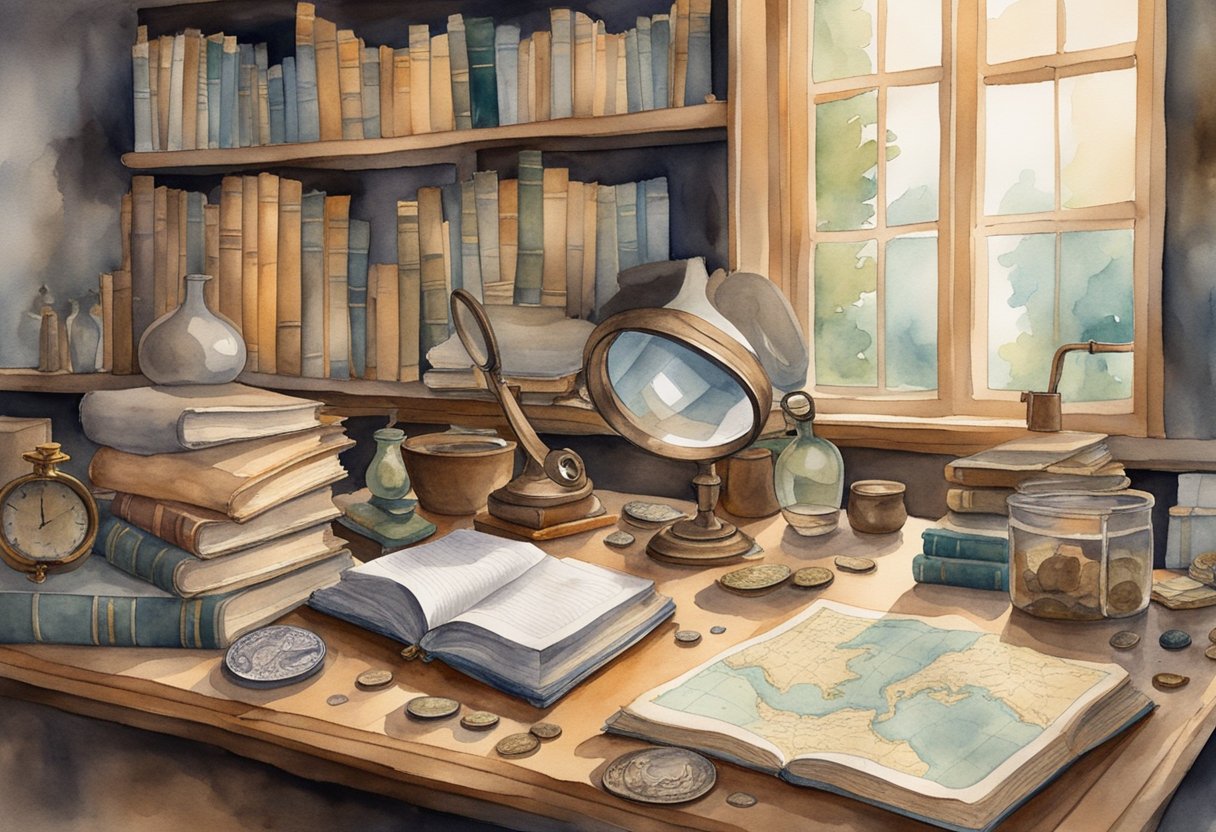
Learning more about antiquing can greatly enhance your experience. By exploring resources, joining communities, and attending events, you can deepen your understanding and appreciation of antiques.
Resources and Communities for Antique Enthusiasts
Joining antique clubs or online forums offers valuable insights.
These communities connect people who share a passion for antiquing. You can exchange tips, discover new pieces, and learn about trends.
Engage with platforms like Antique Trader, where you can read about antique news and guides.
Forums like Reddit’s r/Antiques provide a space for discussions. Social media groups can also offer tips and support.
Local antique clubs sometimes host events or meetings where you can meet fellow enthusiasts.
Participating in such communities increases your knowledge and helps you spot genuine articles more easily.
You’ll also learn to evaluate items based on their history and craftsmanship.
Educational Events and Antiques Roadshow
Attending educational events sharpens your skills in identifying and evaluating antiques.
Antique fairs and expos are great places to start. These events often feature experts and vendors who offer valuable insights.
The Antiques Roadshow is a popular TV program where appraisers evaluate items brought in by the public.
Watching episodes online can teach you about the valuation process. Sometimes, the show travels to various cities, giving you a chance to attend in person.
Workshops or lectures hosted by local museums can offer deep dives into specific periods or types of antiques.
By engaging in these events, you can build a comprehensive understanding of what makes certain pieces valuable.
Crafting Your Hobby into a Passion
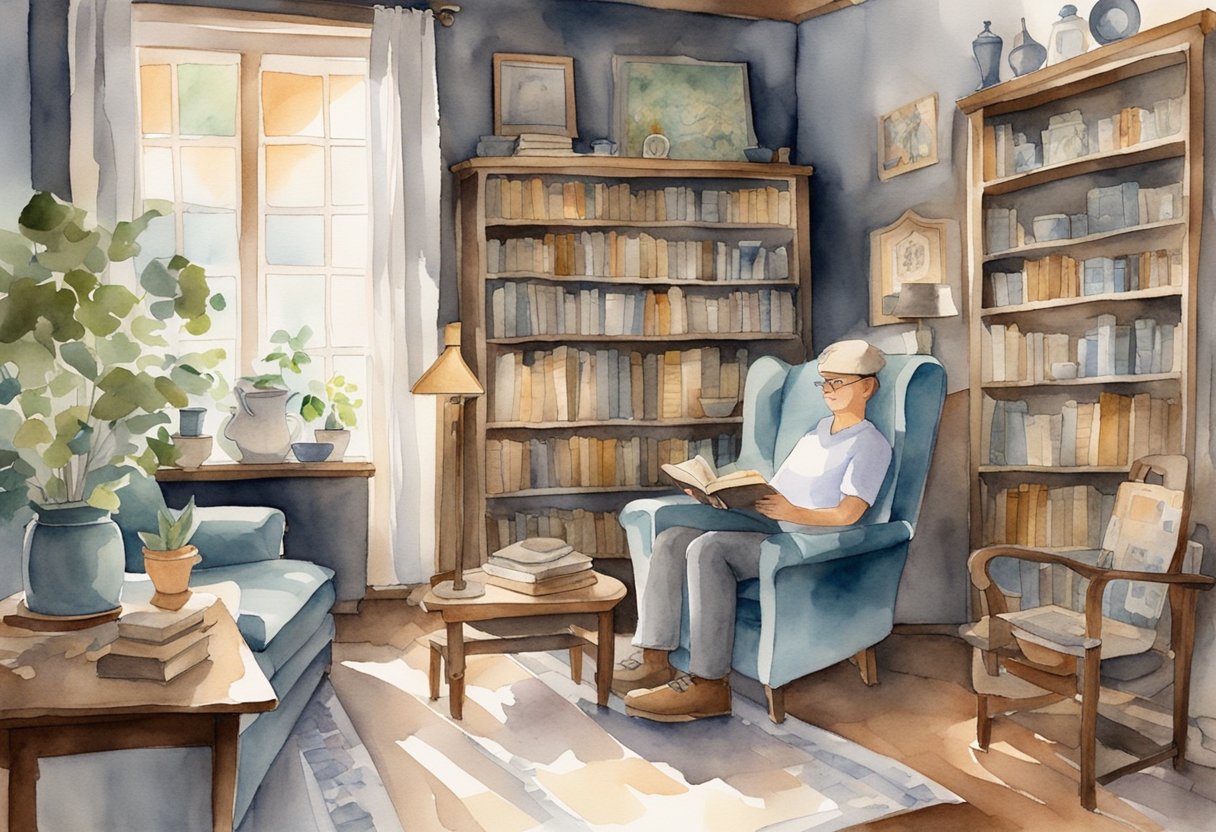
Collecting Antiques can be more than just a pastime; it can be your passion.
Start by focusing on items that truly speak to you. Whether it is a classic piece of furniture or a timeless vintage lamp, build a collection that reflects your personal taste and interests.
Explore the artistry and craftsmanship behind each piece.
Look for details like hand-carved woodwork or artisanal metalwork. Understanding these elements can deepen your appreciation and motivate you to learn more about the history and culture of your favorite items.
Take Your Time when searching for the perfect piece.
Antiquing is not a rush to the finish line. It involves patience and perseverance.
Visit various antique shops, fairs, and online auctions to increase your chances of discovering those significant finds.
Create a list to track your interests:
- Furniture
- Art
- Jewelry
- Home Decor
Discovering unique finds can bring a sense of joy and accomplishment.
Keep an eye out for rare items that stand out. Not only will they enrich your collection, but they also make great conversation starters.
Connect with other enthusiasts.
Sharing experiences and tips with a community can be rewarding and provide additional insights. Join forums or local antique clubs to exchange stories and knowledge about your latest finds or techniques.
Frequently Asked Questions

When you start antiquing as a hobby, it’s important to be prepared. Knowing what to bring, how to identify valuable items, and how to care for your finds can make a big difference. Here are answers to some common questions you might have.
What are the essential items to bring when visiting an antique store for the first time?
Bringing a small flashlight can help you examine items closely.
A magnifying glass is useful for spotting hallmarks or details that indicate authenticity.
A notebook or app for taking notes and a camera or your phone to snap pictures of items you’re interested in are also helpful.
What should beginners know about the process of identifying valuable antiques?
It’s crucial to pay attention to hallmarks, makers’ marks, or any signs of authenticity.
Look for wear and tear consistent with age. Understanding materials and techniques from different periods can also provide clues about an item’s age and value.
How can one effectively research the history and value of an antique item?
Use online resources and antique guides to research makers, styles, and periods.
Visit libraries or consult with experts to gather more information. Joining antique forums can also offer access to a community with valuable insights and advice.
What strategies exist for negotiating prices when purchasing antiques?
Be polite and friendly, yet firm, when negotiating.
Research average prices for similar items beforehand to inform your offers.
Embrace haggling as part of the experience and aim for a price that feels fair to both parties. Keeping an open mind may lead to better deals.
How does one care for and maintain antique items to preserve their condition?
Clean antiques gently using appropriate materials for wood, metal, or fabric.
Keep them away from direct sunlight and extreme temperatures to prevent damage. Regular dusting and safe storage will help maintain their condition over time, ensuring they remain in good shape.
What are some common pitfalls beginners should avoid when starting an antique collection?
Avoid buying items on impulse and focus instead on pieces that truly interest you.
Be cautious of reproductions and educate yourself to avoid costly mistakes.
Make sure to set a budget and stick to it, and be patient, as building a collection takes time.

